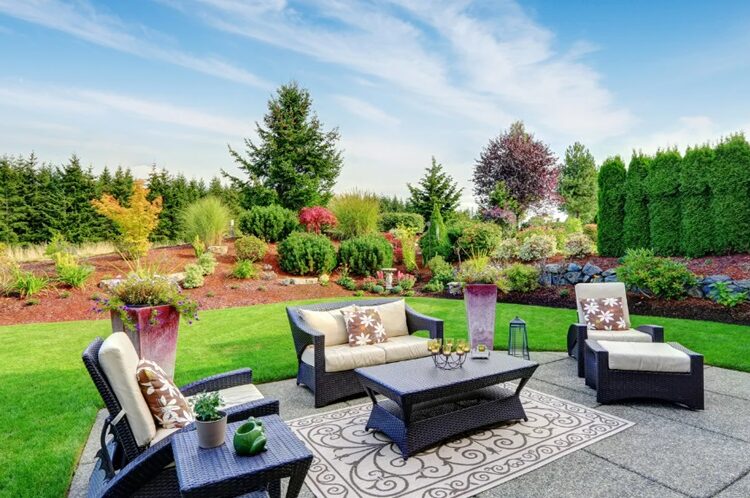Creating a sustainable landscape design for your backyard is more than just an aesthetic choice; it’s a commitment to enhancing environmental health and promoting biodiversity. As homeowners increasingly seek eco-friendly solutions, understanding the principles of sustainable landscaping has never been more vital. This approach emphasizes efficient resource use, waste reduction, and the incorporation of native plants that thrive in your local environment. In areas like Atlanta, where climate and soil conditions significantly influence plant selection and landscape functionality, thoughtful planning is essential. By focusing on sustainable practices, you can transform your outdoor space into a vibrant sanctuary that not only reflects your personal style but also supports the ecosystem. In this article, we’ll explore the steps to create a sustainable landscape design in Atlanta, ensuring that your backyard aligns harmoniously with nature.
Understanding Your Environment
The first step in designing a sustainable backyard is to understand the local environment. This involves assessing the soil type, climate conditions, and native flora and fauna. Incorporating plants that are native to your area promotes biodiversity and requires less maintenance, as these species are naturally adapted to the local conditions.
Planning Your Design
A well-thought-out plan is essential for sustainable landscaping. Start by sketching a layout of your backyard and identifying areas for specific purposes such as relaxation, gardening, and entertainment. Consider incorporating features like rain gardens or permeable pathways to manage water runoff and reduce erosion, promoting a healthier ecosystem.
Selecting the Right Plants
Choosing the right plants is crucial for sustainability. Opting for drought-resistant and native plants that thrive in your climate. These selections reduce water consumption and decrease the need for chemical fertilizers. Additionally, using mulch can help retain soil moisture and suppress weeds, further enhancing the sustainability of your landscape.
Soil Health and Water Management
Maintaining healthy soil is vital for any landscape design. Enrich the soil with organic compost to improve its structure and nutrient content naturally. Implementing drip irrigation systems can efficiently manage water use, ensuring plants receive adequate moisture while minimizing waste.
Implementation and Maintenance
Once your design is in place, regular care is essential to maintain its sustainability. Focus on maintaining landscape design, which involves consistent pruning, weeding, and monitoring plant health. Regular maintenance not only keeps your garden looking beautiful but also prevents potential environmental issues from arising.
Avoiding Common Mistakes
As you embark on your landscaping journey, it’s important to be aware of potential pitfalls. Ensure your design remains durable and effective by learning tips to prevent landscape design mistakes. This involves careful planning, selecting suitable plants, and understanding the environmental impacts of your choices.
Conclusion
Creating a sustainable landscape design for your backyard involves thoughtful planning and a commitment to environmentally friendly practices. By understanding local conditions, selecting appropriate plants, and employing efficient water management strategies, you can create a backyard that is both beautiful and sustainable. Regular maintenance and a proactive approach to avoiding common mistakes will ensure that your landscape flourishes for years to come. Embrace these principles to transform your outdoor space into an eco-friendly haven that reflects both your aesthetic preferences and environmental values.


